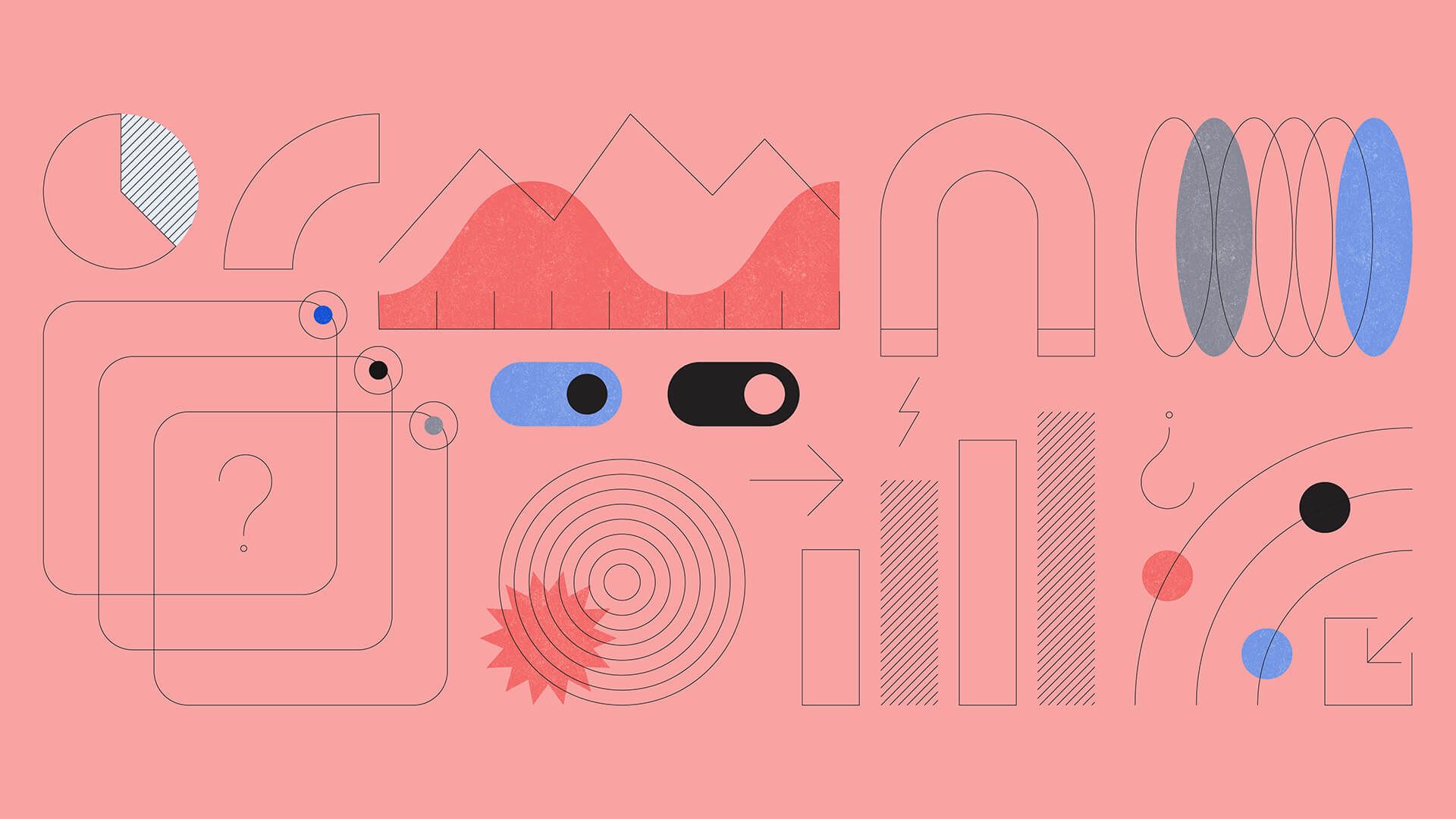Paul Crimi Product Design
Paul Crimi Product Design
Is Your Conversion Rate a Marketing or Design Problem?

Marketing and design are often viewed as two vehicles driving in separate lanes, perpetuated by the fact that many agencies often focus on one or the other as the main service offering.
Marketing and design must work intrinsically together. We choose to view the two disciplines not as separate vehicles, but instead as different parts of the same vehicle. If one part breaks down, your car won’t run and therefore won’t make it to your intended destination.
The two are independent of each other, but when their corresponding processes intertwine, digital solutions become that much richer, and that much more effective.
Is Your Marketing Speaking to the Right Audience?
Although both design and marketing utilize a separate toolkit, they are working to achieve a common goal.
For an eCommerce business, conversions and sales are paramount. And by analyzing conversion rate, we can better understand the way design and marketing intersect.
Ultimately, marketers can spend all day refining their content and targeting, but if a website isn’t designed to optimize for conversion, or poorly reflects your brand story, your message will fall on deaf ears. On the flip side, your digital assets may be sound, but if your marketing is targeting the wrong demographic, you’re not getting in front of the right audience. Which means you aren’t targeting those who will actually click, buy, convert, etc. Furthermore, a business could be creating beautiful content, but if it’s not being optimized on the correct channels, the right users may not see said content.
And while key metrics like bounce rate and time spent on site are optimized during marketing efforts and usually correlate with converting behaviour, it’s the user experience that ensures that these numbers are healthy.
Ultimately, UX and UI design can play to your desired marketing analytics, creating a meaningful digital environment that will encourage users to do what is necessary to convert.
So when addressing the question of whether conversion rate is a design or marketing problem, we can conclude that it’s both.
Covering Your Blind Spots
In order to work optimally, both marketing and design need to be aligned throughout both strategy and execution.
If the two specialties are not intertwined, a business could inadvertently be creating major blind spots. But if both marketing and design teams sit together, and map out their singular objectives, the two can not only work more effectively, they can learn from one another.
From a strategy perspective, a digital product – without intelligent marketing efforts – may miss out on the opportunity to optimize particular components or features that could have serious marketing potential. An integrated practice between both design and marketing allows both teams to be exposed to leads and opportunities they otherwise would not have, inspiring their strategy.
Branding and marketing are hugely connected as well. Branding plays a vital role in the first impression a business makes on a user, and more importantly, the ongoing sentiment a user subconsciously attaches to a business; this could ultimately impact marketing efforts and how effective they are on a business’s intended audience.
How Can Marketing and Design Work Together?
Although many agencies offer both marketing and design as services, they may not necessarily be connecting the two. Observing the missed opportunities spurred us to think about how we can best integrate the two disciplines in a way that isn’t polarizing, but rather complementary.
There are a variety of ways a business can better integrate its process to marry marketing and design.
It is most important to create a process that allows for smooth and effective communication throughout every step of the process. This could entail brainstorming sessions, regular touchpoints and updates, and productive discussions to troubleshoot any issues along the way.
We incorporate marketing into our product strategy and product design stages; this allows our marketing team to give product feedback based on strategy. Furthermore, we believe it is necessary for the marketing team to have a baseline understanding of user experience so that they understand how their decisions impact product design – and vice versa. Our design team – UX and UI – holds a sound understanding of marketing and KPIs, which enables them to create design solutions that achieve strong metrics.
We believe big-picture thinking is key when it comes to creating digital solutions that matter. Every business we work with we approach on a case-by-case basis, which means that our strategy will look different from project to project. We are utilizing design and marketing to solve a unique problem – which means that we need to create a unique solution. Finding that alignment between our services is how we work together and how we ultimately deliver.
So to answer the question driving this article, your conversion rate is both marketing and design-centric. In order to improve your conversion rate, you need to create a balanced relationship between the two practices. If not, you’ll only end up solving one-half of the problem.

